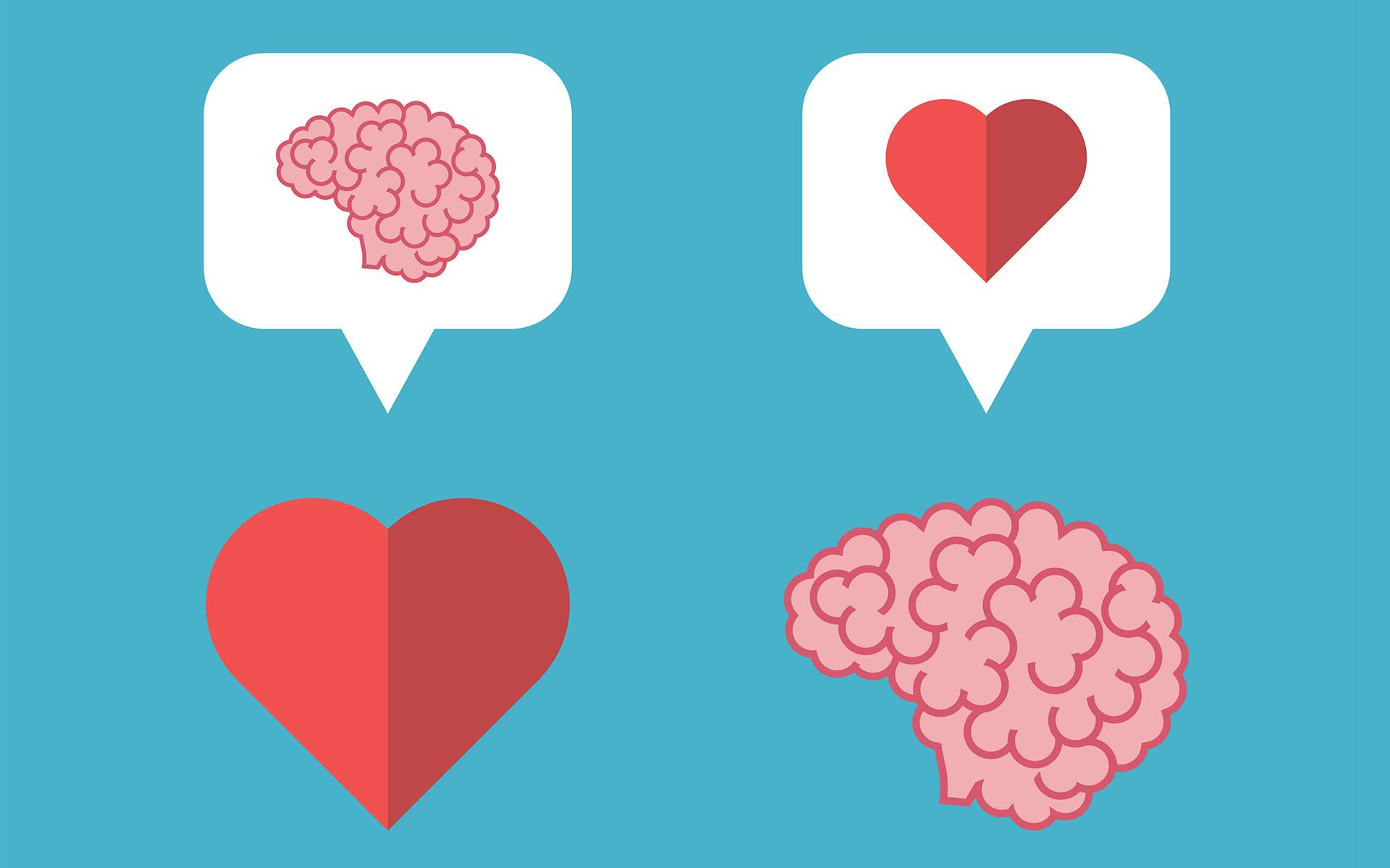It’s been an emotional time—or, as we often hear, an “emotional roller coaster.” And whether you’ve shifted to remote work or not, the truth is that the line between our work lives and our home lives has blurred more than ever. The result? Learning how to navigate managing our emotions at work is more of an imperative than ever.
It starts with debunking the myth that emotions don’t belong in the workplace. Unfortunately that mindset is still far too prevalent. If we’ve learned anything from last year, it’s that this is a time when we’re most in need of our humanity. And one of the traits that most defines us as human is that we feel and have emotions. As the U.S.C. neuroscientist Antonio Damasio has said, humans aren’t thinking machines, “but rather feeling machines that think.”
If we’ve learned anything from last year, it’s that this is a time when we’re most in need of our humanity. And one of the traits that most defines us as human is that we feel and have emotions.
Emotions give us a window into our deepest values, what we really care about and what moves us. As Susan David, psychologist at Harvard Medical School and author of Emotional Agility, put it, “Our raw feelings can be the messengers we need to teach us things about ourselves and can prompt insights into important life directions.” But emotions aren’t just about our relationship to ourselves. As a friend, as a colleague, and as a leader, being able to understand and recognize the emotions of those around you is incredibly valuable in any organization.
We hear a lot about psychological safety these days—so much so that it’s become a buzzword. Well, true psychological safety is born out of allowing for emotions. The best leaders recognize this, and want their people to be human and bring their humanity and their whole selves to work. And being human means being… emotional.
So what does that mean in the workplace? How do we bring our whole selves to work in the healthiest and most productive way possible? Here are some lessons I’ve learned about managing emotions at work.
How to Bring Your Whole Self to Work
1. Accept your emotions
The truth is, whether at home or work, it’s impossible to avoid emotions—they’ll always find a way of expressing themselves. And if we try to suppress them, that’s often when they show up in their most extreme forms, which can lead to toxic or self-sabotaging behaviors. In fact, studies show that when we ignore our emotions and don’t try to understand them, we can damage our well-being. So we first have to start with accepting that our emotions are natural, they’re part of who we are, and we can’t control them by denying them.
2. Recognize instead of react
We might have positive emotions or negative emotions, but that doesn’t mean they’re good or bad. Emotions are simply signals that something is going on. So what are your emotions telling you? How would you describe the emotions you’re feeling? Give them a label. When we recognize our emotions, we can do more than simply react to them.
One of my favorite exercises comes from Brené Brown, best-selling author and professor at the University of Houston. She suggests starting virtual meetings or calls by having all the participants name two emotions they’re feeling, either that day or in the moment. What’s great about this is that it both allows employees to think about what they’re feeling, and it gives leaders and colleagues a way to understand where everybody is, emotionally speaking, without asking anybody to divulge personal details. If a team leader sees that people are down, they can pivot and have a different kind of meeting. If a leader sees one particular person is having a hard day, he or she can circle back and see if the person needs support in some way.
Labeling our emotions also teaches us that it’s possible to feel positive and negative emotions at the same time. We can feel happy and sad, frustrated and hopeful. Studies have even shown that accepting mixed emotions can help us improve our well-being.
3. You are not your emotions
Labeling our emotions also allows us to realize that we’re not defined by any one emotion we happen to be feeling. For instance, saying “I feel sad” is different than saying, “I am sad.”
I’ve seen the cost of not realizing this in my own life. One of the things that led me to my current role at Deloitte, and my passion for well-being, was that in a previous role, I completely burned out. I was basically riding an emotional rollercoaster, being dragged down the river by whatever was happening that day. If it was good, I was happy. If it was a bad day, it would affect my entire life. My husband would say, “Yesterday, you were over the moon, and today you’re six feet under.”
Simply put, I was equating myself with my emotions, feeling completely at the mercy of what was going on externally, and forgetting that I did have control over my own internal environment. When we allow ourselves to be defined by our emotions, we’re letting go of our ability to choose how to respond to those emotions. And even on our worst days, we can still make that choice. As one of my favorite authors, Viktor Frankl, wrote, our most enduring human freedom is “to choose one’s attitude in any given set of circumstances, to choose one’s own way.”
4. Look after your physical body
Our physical well-being is deeply connected to our emotional well-being. When we’re tired, sleep-deprived, and depleted we’re less able to recognize our emotions and more likely to find ourselves as passengers on that roller coaster. As I learned in my own life, one of the main signs of impending burnout is the inability to manage emotions. So making sure you’re getting enough sleep and unplugging from work will help you handle whatever emotions the next day’s work throws at you. Another great thing to do when experiencing heightened emotions? Get active. Not only does movement create all those feel-good chemicals in our brain, it also helps shift our focus away from what’s draining us or bringing us down.
5. Practice compassion—for yourself and others
We can be very hard on ourselves, and much of the time that negative self-criticism is based on our emotions. We can’t always control how we feel, but we can control any judgment we feel toward ourselves for having those feelings. When we’re angry, or frustrated, or sad, the first choice we have available to us is to simply say, “I feel frustrated and that’s… OK.”
When we accept our own emotions, it’s easier to help others do the same. A few months ago, I happened to be struggling. I got a call from a colleague who asked how I was doing. “Great,” I replied in a knee-jerk way. But my colleague heard something. “Really?” she asked. And that pierced the bubble. “Actually, to be honest, I’m doing just OK,” I said. And then we had a much more productive conversation, because she had forced me to take my own emotional temperature.
Given the realities of our world these days, it’s getting harder and harder to hide our emotional selves. We’re all in a “How are you, really?” world now. And that’s a good thing. We’ll all be better for it, and our workplaces will be, too.
This article originally appeared on Thrive Global, The Work-Life Integration by Jen Fisher. View the original article.
read more
One Week of Mindfulness Meditation May Help You Process Your Emotions
New research finds that just one week of mindfulness practice may improve our emotional memory and boost resilience to difficult emotions.
Read More
Investigating Your Emotions Without Suppressing Them
Founding editor Barry Boyce answers our questions about emotional intelligence, being kind to ourselves, and turning toward our emotions.
Read More
The ABCs of Emotions
A practical framework for becoming aware of and working with emotional intensity and transforming emotional struggle into inner wisdom.
Read More











